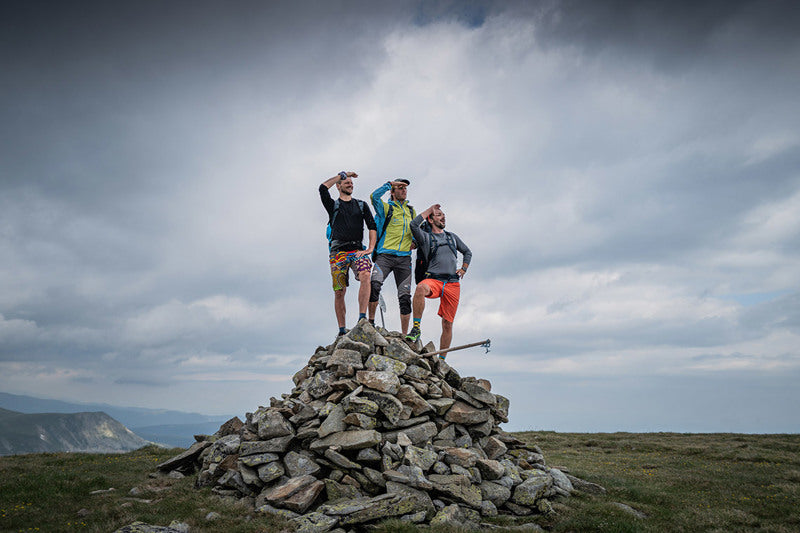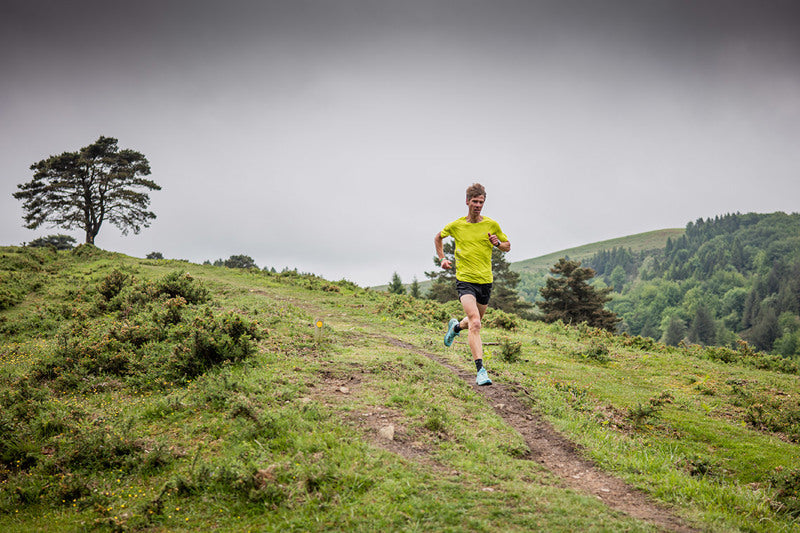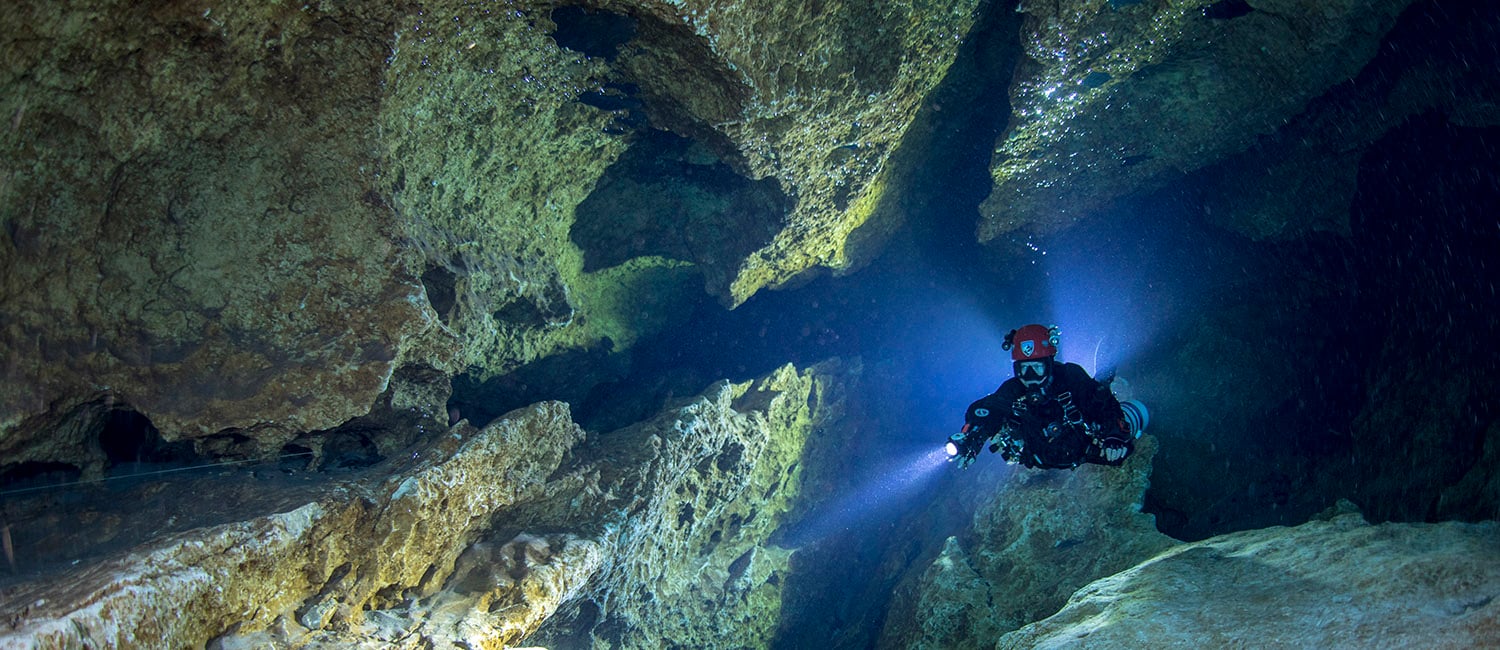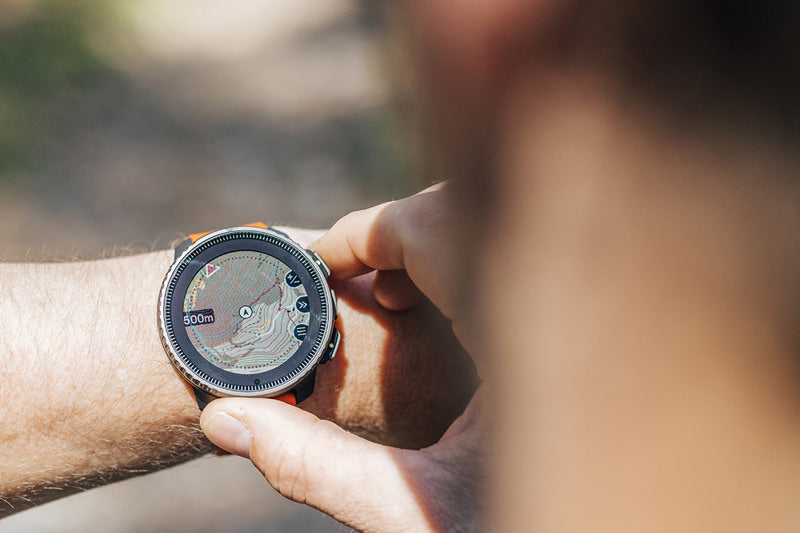

Suunto Blog

Lighthouse Imitation Tour wins the Backyard Adventure Challenge
The idea of the Backyard Adventure Challenge was to start right at your doorstep. There was no need to travel far or to make big plans. Adventuring close to home is also good for the environment. All you needed was some free time, a few good friends and the will to let loose.
This is exactly what we got! Thank you, everyone, for participating! It was inspiring and fun to see how different your adventures were.
The Backyard Adventure Grand Jury (well, that’s our brand manager and our social media manager) went through the candidates and ranked them. The winner was a very positive, approachable short film from Nova Scotia, Canada.
Congratulations Aryn, Bader and Alex for your win, and thank you for sharing your Lighthouse Imitation Tour. You will each receive a brand new Suunto Vertical GPS watch to accompany you on your future adventures.
View this post on Instagram
Henkilön Alex MacLean (@alexmaclean.902) jakama julkaisu
”The bottle pointed in the southwest direction…”
Hey Alex. Thank you for participating in the Suunto Backyard Adventure challenge. Who was out there adventuring with you and where were you?
The team consisted of Aryn Sanojca, Bader Kanawati, and myself (Alex MacLean). Our Backyard Adventure took us on a tour of the Chebucto Peninsula just outside of Halifax, Nova Scotia, Canada.
What were some of the highlights of your adventure?
I think the main highlight of the trip was actually creating the human lighthouses! This created a purpose at each stop, instead of just riding to each lighthouse and taking a photo. It also added some humour to the day, which was much appreciated at the end of a long day in the saddle. But besides that, the Timbits and Iced Capp I bought at Tim Horton's were fantastic and the weather remaining rain-free for the entire ride was also great!
Can you tell me a bit more about the lighthouses?
When the bottle stopped spinning and pointed in the southwest direction, we did quite a bit of brainstorming. We considered biking to the most southwestern tip of Nova Scotia, Hawk Beach. Recent flooding had washed out sections of the local rail trail and road, eliminating this from our options. We also considered aid climbing all the climbs at a local crag, but concluded that this would involve primarily Type 2 fun. We decided we wanted something a little more enjoyable, and committed to an activity on the Chebucto Peninsula.
The "Peggy's Cove Loop" on the Chebucto Peninsula is a loop that is approximately 100 km round trip from Halifax, and passes by the famous Peggy's Cove lighthouse. It's a common route for cyclists, and we decided it wasn't unique enough to be deserving of the Backyard Adventure challenge. So we built upon this, and decided to attempt to visit each lighthouse on the Chebucto Peninsula with our bikes. And to add an element of silliness to the adventure, we decided to "build" a human lighthouse at each stop and take a photo.
Unfortunately, the photos proved somewhat unsuccessful. Bader missed the turn for the first lighthouse, and decided it wasn't worth cycling 15 minutes in the opposite direction to join Aryn and I. Access to the second lighthouse was restricted as it was on private property, even though it appeared on Google Maps. We settled for a photo at a small lookoff over the ocean. The third lighthouse had been demolished, so we took our photo on its old foundation. The fourth lighthouse was also blocked by a private road. We walked down a vague path until we were as close as we could get, and settled for a photo there. We never did make it to the Peggy's Cove lighthouse as a 25-foot section of the road was washed out from the recent flooding. We decided to take our final photo in front of the washed-out road, before wrapping up the tour and heading home.
Thanks for sharing! Sounds like your Backyard Adventure was full of surprises – as it should!
Learn more about the Backyard Adventure Challenge – and the tools for your adventure.

Chase Strava segments with Suunto
Segments are a key part of the Strava community for many. They are stretches of road or trail created by members where athletes can compare times. The segments can be used to compete with others or to follow your own progress over time.
A great example of the power of Strava Segments can be found in Suunto ambassador Philipp Reiter’s home village of Bad Reichenhall in Southern Germany. “The trail up Dötzenkopf is a steep 1,8 km uphill with 400 meters of elevation gain”, says Suunto ambassador Philipp Reiter. “It’s my favorite training area and I have been up there more than 1500 times. From the top you have a nice view over Bad Reichenhall and to Salzburg.”
The power of the trail and the segment is more than the physical challenge of it: it brings people together. “People do it for fitness before and after work, the older people in the morning. During Easter and Christmas, they prepare a little tree and hang decoration. It’s also a social meeting mountain for the locals,” says Philipp.
Strava Live Segments bring the experience of competing on a run or ride segment to your Suunto Vertical, Suunto 9 Peak Pro, Suunto 9 Peak and Suunto 9 Baro watch.
Here’s step by step guidance on how to use the feature.
Connect your Suunto and Strava accounts
Go to your profile in Suunto app and select “Partner services” -> “Connect with Strava”.
Note: If your Suunto and Strava accounts are already connected, you will need to re establish the connection to get the segment data to flow from Strava to your Suunto account: Simply go to the above mentioned "Partner services" section of Suunto app, find "Strava" and tap "disconnect" and then "Connect with Strava" to re-establish the connection.
Select your favorite segments
On the Strava app, go to the Maps tab to find the segments you want to follow on your watch, then hit the star to save it as your favorite. The starred segments will be available for you as live segments on your Suunto. Unstarring a segment in Strava will also remove it from your Suunto.
See your starred segments in Suunto app
In the Suunto app you will see your starred segments, the ones that are synced with your Suunto for live-follow-up: Go to “SuuntoPlus Store” -> “My SuuntoPlus Guides” -> “Strava segments”
Activate Strava Live Segments on your watch
Select Strava Segments Guide for running or cycling in the exercise settings: After selecting your preferred sport mode – but before pressing start – scroll down to “SuuntoPlus” -> “Guides” -> “Strava segments”. Turn them on.
Follow segment data during activity
Strava Live Segments will be added as an extra screen. Scroll right to see it. During your run or ride, you will see how close the closest segment start is. Once you get within 100 meters, the watch will alert you that you are approaching a segment. As you reach the starting point, the segment will start.
During the segment your time will be compared to your personal record (PR), showing you how much ahead or behind you are. If you don’t have a personal best time on that segment, the comparison will be with King/Queen of the Mountain (KOM/QOM). After finishing the segment you will see your segment time, a comparison to your previous PR and whether you managed to earn the new Queen or King of the Mountain crown or not.
See the segments as laps in Suunto app
After chasing segments with SuuntoPlus Strava Segments and syncing your data with Suunto app, you can see the segments as laps in your activity.
Get Strava Subscription with a new Suunto watch
When buying a new Suunto watch you will also receive the Suunto Value Pack, a collection of benefits and treats offered by our partners. One of the benefits is a free, 60-day Strava subscription!
Learn more about Suunto Value Pack

The Secrets of Earth's Hidden Waterways
By Jill Heinerth
Deep beneath our feet lies a mesmerizing world that remains largely unknown: a network of water-filled caves winding through the darkness, carrying the lifeblood of our planet. As a cave diver, I have dedicated my life to exploring these mysterious subterranean passages. I invite you to join me on a captivating journey into the depths, where fear and discovery converge, and where the delicate balance of survival and exploration unfolds.
The Hidden Pathways
These underground tunnels, sculpted by the gentle touch of rainwater permeating the Earth's surface, act as conduits that transport precious freshwater from deep aquifers to springs, rivers, and estuaries. Ultimately, this water embarks on a journey to the vast ocean, sustaining a thriving plankton community that generates the very oxygen we breathe. The caves I explore serve as the life-supporting veins of our planet, nurturing the lungs that allow life to flourish.
The Thrill of Exploration
While most people recoil at the thought of descending into the darkness of caves, I am irresistibly drawn to their constricted corridors. Equipped with cutting-edge technology and relying on each measured breath, I embrace the unknown depths. In the remoteness of my office, the boundaries between fear and discovery blur, and a single misstep could spell disaster. The exploration of these caves is not without risk, but the reward is an unparalleled sense of fulfillment and a chance to educate others about the fragility of our water planet.
A Perilous Pursuit
Cave diving has rightfully earned its reputation as a dangerous activity, but it also represents the frontier of scientific exploration. Aquanauts, including passionate enthusiasts, daring researchers, and scientists, push the limits of human capability as they navigate through the eternal darkness of labyrinthine limestone networks spanning the globe. Armed with multiple scuba tanks, advanced rebreathers, and swift diver propulsion vehicles, they boldly venture deep into these treacherous passageways, pushing the boundaries of exploration in terms of both distance and knowledge.
Unleashing Art and Science
As a filmmaker and photographer, I find myself balancing the creation of art with the meticulous monitoring of life support equipment in demanding circumstances. Whether I embark on solo adventures or join scientific expeditions, self-sufficiency becomes paramount. There is no Mission Control to solve my problems when I find myself blindly searching for a broken safety line in a cloud of silt with zero visibility. The challenges are immense, but so are the rewards.
Unveiling Hidden Wonders
Through my explorations, I have had the privilege of becoming the eyes and hands of scientists, unveiling a world that has never before been witnessed. Underwater caves serve as virtual museums of natural history, where I collaborate with biologists to uncover new species, assist physicists in studying climate change, and aid hydrogeologists in examining our precious freshwater reserves. These subterranean pathways have led me to grim sources of pollution, vibrant life thriving within Antarctic icebergs, and even ancient skeletal remains of the Maya civilization in the Yucatan Peninsula.
Connecting to the Source
By venturing into the world beneath our feet, I glide through limestone, passing beneath homes, golf courses, and restaurants. I delve into the ancient conduits of volcanoes and navigate crevices within colossal bodies of ice. Following the trail of water, I am guided from mountain creeks to resplendent blue springs, each emitting its life-sustaining bounty from within the heart of our planet. Even when the passages pinch and my dive is forced to come to an end, the water continues to flow from some enigmatic source. The journey is endless, beckoning me forward to explore the caverns, immeasurable to my imagination.
It is a privilege to uncover these hidden shrines and share concealed mysteries from deep inside our planet. I want to connect humanity to where their water comes from and show people that what we do on the land’s surface will eventually be returned to us to drink.
More people have walked on the moon than have been to some of the remote places Jill Heinerth has explored on Earth. Jill Heinerth is a veteran of over thirty years of scientific diving, filming/photography, and exploration. Her expeditions include the first dives inside Antarctica icebergs and record-breaking scientific missions in deep underwater caves worldwide.
Jill’s book INTO THE PLANET – My Life as a Cave Diver has drawn wide acclaim from the New York Times, Wall Street Journal, NPR, and even Oprah magazine. Her children’s book, THE AQUANAUT, has been selected by Dolly Parton’s Imagination Library as a part of her inspirational initiative. Jill bought her first Suunto gear in 1988 and still dives with Suunto.
For more info: www.IntoThePlanet.com

Making outdoor spaces more inclusive
This Pride Month, we are calling all LGBTQIA+ trail runners to participate in the 2nd Annual LGBTQ+ Running Retreat in the North Cascades this October, hosted by Queer Pro Ultra-Runner, Suunto ambassador Ryan Montgomery and Aspire Adventure Running!
Ryan having a blast at the Javelina Jundred 100-miler. (Image by Nick Danielson)
”A couple of years ago when I started becoming more visible as a queer-identifying elite athlete, I recognized that the opportunity to compete at an elite level also comes with the opportunity to make an inclusive impact in the sport,” says Ryan.
“Running has been my conduit and my catalyst for really helping me understand who I am — to come out of my own closet and to be comfortable with my own identity. Part of the genesis of the Out Trails LGBTQ+ Running Retreat is to help other queer-identifying athletes have an opportunity to push themselves physically and mentally, alongside a supportive community, to learn something new about the outdoors or themselves.”
All experience levels are welcome
The LGBTQ+ Running Retreat is inviting 40 runners to Mt. Baker Ski Area, Washington, USA for 3 nights and 2 full days of running/hiking. If you are a member of the LGBTQ+ running community, we encourage you to sign-up for the running retreat now!
And to help eliminate the barrier for some members of the LGBTQ+ community, this Pride Month, Suunto is supporting the event with scholarships for 25 LGBTQ-identifying runners! Also the scholarship applications are now open.
Register for the running retreat here, or apply for the scholarship here!
To learn more about the trip, visit the Out Trails LGBTQ+ Running Retreat Course Page.
READ MORE
The importance of diversity in the outdoors
Allyship in the outdoors: what is it and how to be a good ally for others?
A native runner's perspective on inclusivity

Weekend Adventures around major European cities
This summer, we want to inspire you to take a new, unknown route and have built Weekend Adventure route collections around major European hubs.
We kicked off in June with gravel adventures around Munich and Paris and hiking adventures around Milan and our hometown of Helsinki. For July we have added four more exciting route collections: hikes in Madrid and Berlin and gravel rides in London and Rome! Most routes are within an hour from the city centre and long enough to be split into two day adventures.
Adventuring close to home is not only practical and time-efficient; it’s also good for the environment. You don’t always need to travel far to experience something new. So, pack your tent, get your gear and start exploring – the adventure starts here!
Scroll down for hikes in Berlin, Helsinki, Madrid and Milan or gravel bike rides in London, Munich, Paris and Rome!
Connect with Komoot to get the Weekend Adventure routes on your Suunto
The Weekend Adventure collections are hosted by our partner Komoot. Komoot is a platform that lets you find, plan, and share adventures. Personalized route recommendations and inspiration are in the core of Komoot.
Suunto is fully compatible with Komoot: Once you have connected the two accounts (go to Suunto app’s “Partner services” section and select “Connect with Komoot”) routes planned with Komoot flow automatically to your Suunto app’s route library and your activities tracked with Suunto go to Komoot. Turn-by-turn guidance and all is included in the sync. Learn more about the various Komoot packages
Find tranquility on these hikes in Berlin
Just a few kilometres beyond Berlin's city limits, you'll find tranquillity, magnificent landscapes, sparkling lakes and rivers, but also some thrills. In this Collection, we present three hiking Tours that take you to three regions around Berlin. You'll hike along clear waters, discover mystical wetlands and unique, mangrove-like forests. The Tours all have one thing in common: water plays a major role. Two of the hikes can be completed in a day, an overnight stay is recommended for the third one.
Enjoy the English countryside on a gravel bike
You don’t need to live in the countryside to find fantastic gravel trails. London has a vast network of off-road cycling, with some excellent tracks radiating from the city and transporting you to the serene landscapes of the home counties.
The three tours in the London collection can be covered in a day or two: All of them include a convenient midpoint accommodation option, allowing you the flexibility to extend the adventure over two days if desired.
Hike in vast forests less than an hour north of Madrid
The hiking routes in Madrid take you to the Sierra de Guadarrama National Park and the Sierra Norte region less than an hour north of the city. The area boasts vast expanses of lush forests, fantastic granite formations, mountains that tower over 2,000 metres, important rivers, and impressive limestone ravines.
You can complete all the routes in a day if you wish. Otherwise, you can also spread the distance over two days and stay halfway at a refuge or hostel. We’ve included more information in each route description.
Ride ancient roads in Rome
The gravel cycling routes around Rome venture through the Italian countryside and take you on compacted dirt tracks, ancient paved roads, fast singletrack, and rolling lanes with little traffic. Discover the woods around Lake Bracciano, trace historic routes like the Via Appia Antica, explore the wonders of the Castelli Romani, and pedal along the Regina Ciclarum – the most beautiful cycle path in Lazio – until you reach the seafront and the pine forests of the Roman coast.
These Tours are real adventures that require decent fitness and plenty of determination to complete in a day – the distances are between 97 and 179 km. You can also take it easy and split the route so you have more time to fully enjoy these rich natural and historic places.
Gravel rides just outside of Munich
Get out of the city, leave your stressful week in the city behind with only a few pedal strokes and start your weekend adventure in nature. The green surroundings of Munich are diverse – you circle crystal-clear lakes, dive into bubbling river valleys, enjoy Bavarian country life or taste the specialties of Salzburg.
Best of all: A large part of these three journeys take you away from the paved roads on fine gravel paths or exciting single tracks.
Mountain hikes close to Milan
In this Collection we offer you three truly epic hiking adventures a stone's throw from Milan. Just head north by train or car to quickly reach the foot of the mountains – and what mountains!
These three treks are as spectacular as they are demanding. They will take you to some of the most beautiful places outside of Lecco, close to Lake Como. In each tour we point out refuges or other accommodations where you can stop to eat or spend the night, as well as options to shorten the route, if you wish.
Explore Paris on a gravel bike
In this Collection, you discover the surroundings of Paris in adventure mode. The surroundings of the French capital offer a superb playground for gravel cyclists – this Weekend Adventures Collection is a proof of that!
These three cycling routes are rather long, but you can split them in two stages. Two of them make a loop and one is a point to point. However, that is not an issue as you can get back by train.
Hike in the national parks just outside of Helsinki
Our Helsinki Weekend Adventure Collection features three beautiful hikes accessible from the city. It doesn’t take long to escape the buzz of the city and find yourself immersed in archetypal Finnish landscapes, where the right to roam enables you to explore freely.
Two of the hikes explore parts of the spellbinding Nuuksio National Park, with its glistening lakes, serene woodland and rugged terrain. The third hike discovers the quieter Sipoonkorpi National Park and its nature-rich boardwalks.
Images by Philipp Reiter

How to use the terrain maps in your Suunto Vertical
Suunto Vertical comes with detailed outdoor offline maps that are globally free of charge. The new maps build on Suunto’s already advanced route navigation in the Suunto app. Discovering and creating routes is easy with the Suunto app's heatmaps, 3D maps and road surface-type layers and syncing them into a watch is effortless.
Now, users have offline maps to consult no matter where they are, offering them greater safety and confidence!
In this article, you will learn how to get started with the maps.
Getting the maps on your watch
You can download the maps on your Suunto Vertical watch using the Suunto app. You don’t need to pay any extra for the maps: simply select the right area for your adventure and download it.
The watch has plenty of storage capacity, too: You can download 32GB of maps. As a reference the entire France is 7,47 GB and the entire Canada 15,17GB. Naturally large maps take longer to download so being a bit more specific helps you get the maps on the watch faster.
Add wireless network to watch
To install offline maps on the watch, connect your watch to a wireless network using the Suunto app:
Pair your Suunto Vertical with Suunto app
In the Suunto app go to the watch settings (select the watch icon on the top left and then the settings symbol on the top right)
Select ‘Wireless networks’ and add a network
You can add multiple wireless networks (like home and work)
Select the offline map area
Go to the map view in the Suunto app and tap ‘+’, the same “plus” you use to create a new route. That will allow you to download new offline maps.
Search for the correct map or select it in the country menu. You can still review the selected area on the map before downloading.
Connect the watch to the charger
Once you have established the connection with a wireless network and selected your preferred map area, you can download the maps on the watch. To start the download, connect the watch to a charger.
Using the offline maps on Suunto Vertical
Top buttonShort press: Zoom inLong press: Zoom out
Middle buttonShort press: Next screenLong press: Zoom/pan options
Lower buttonShort press: Navigation options
You can use the terrain maps during an activity with a preplanned route or simply see the breadcrumb trail, the path you have already traveled, on the map.
Happy adventures!
READ MORE
Six ways to plan a route for your next adventure
How to use avalanche terrain maps
Lead image by Maximillian Gierl



































































